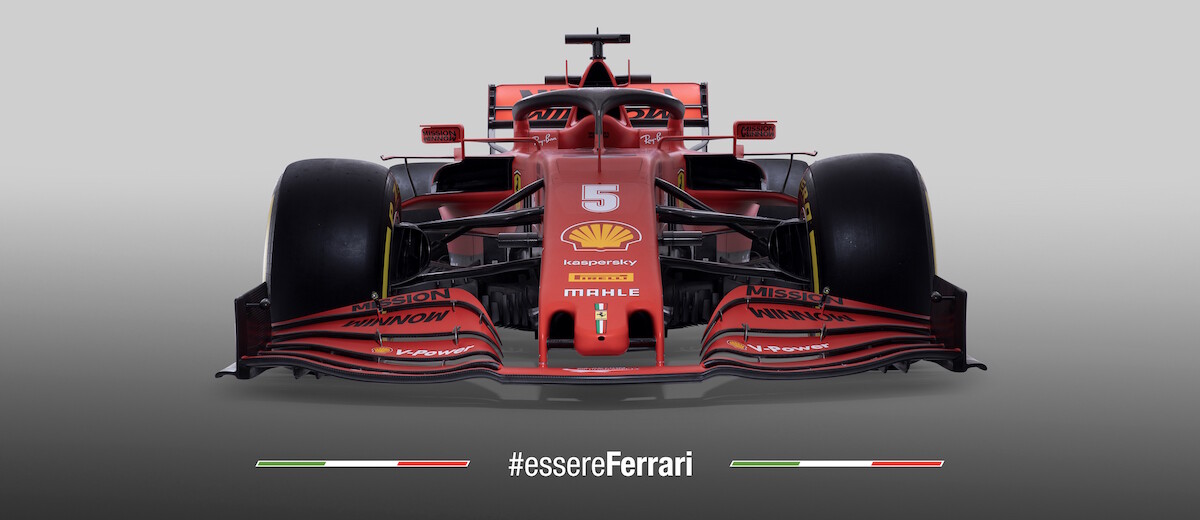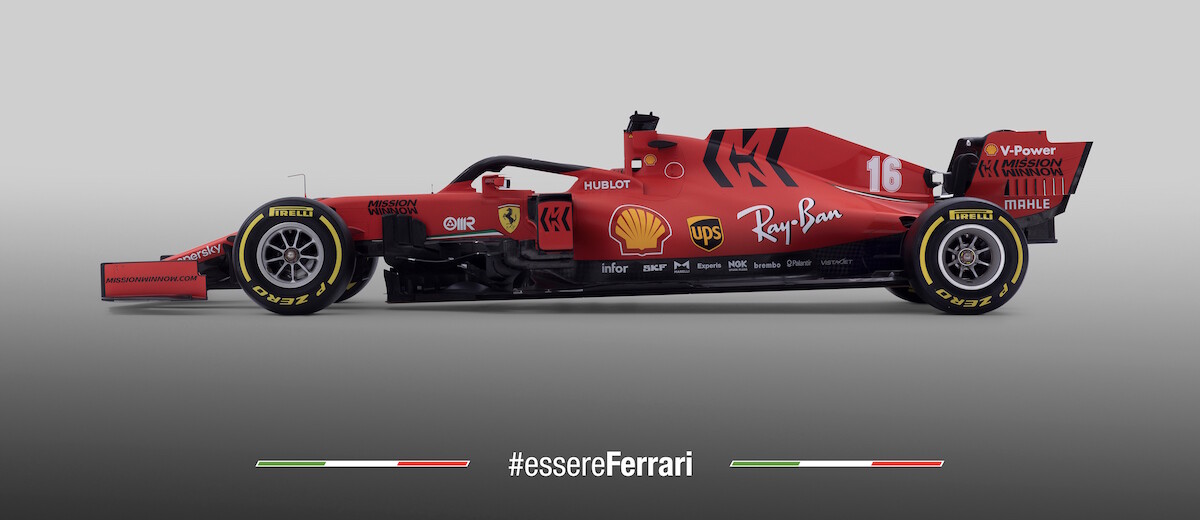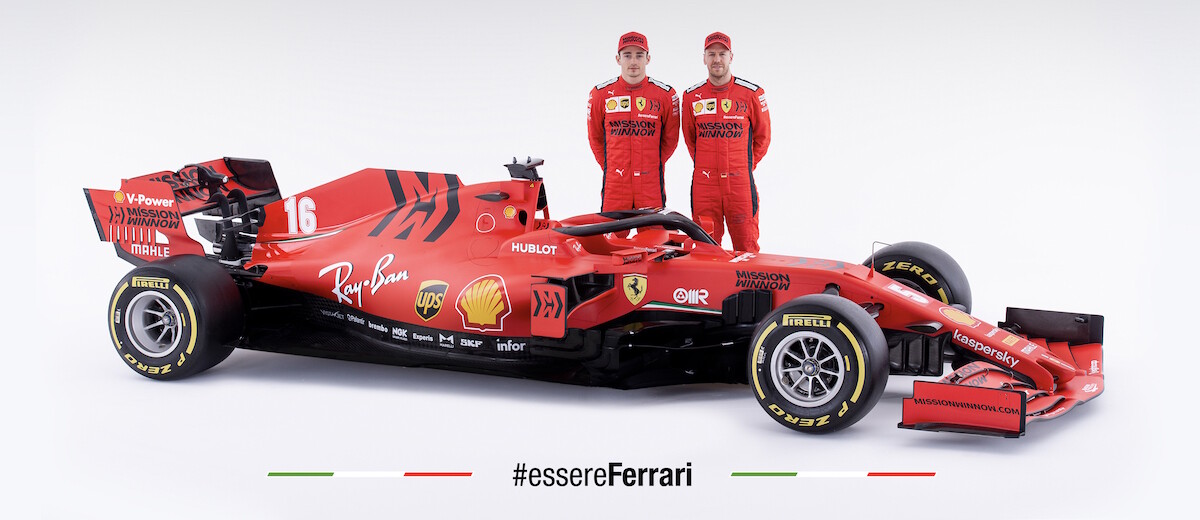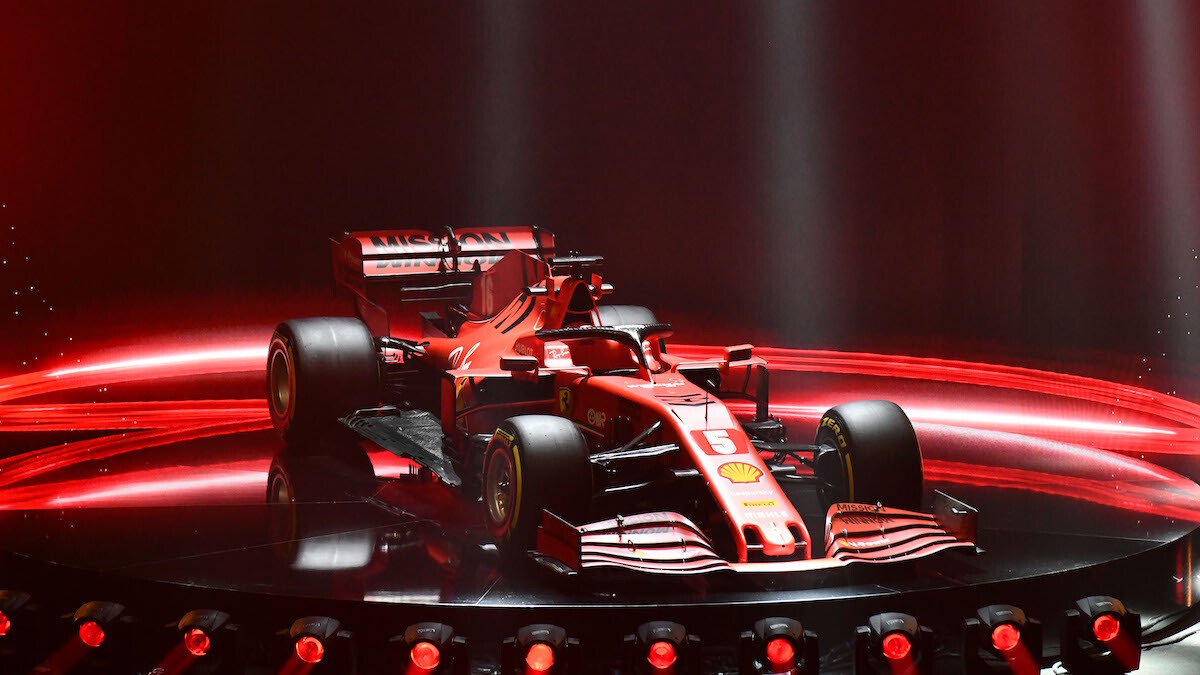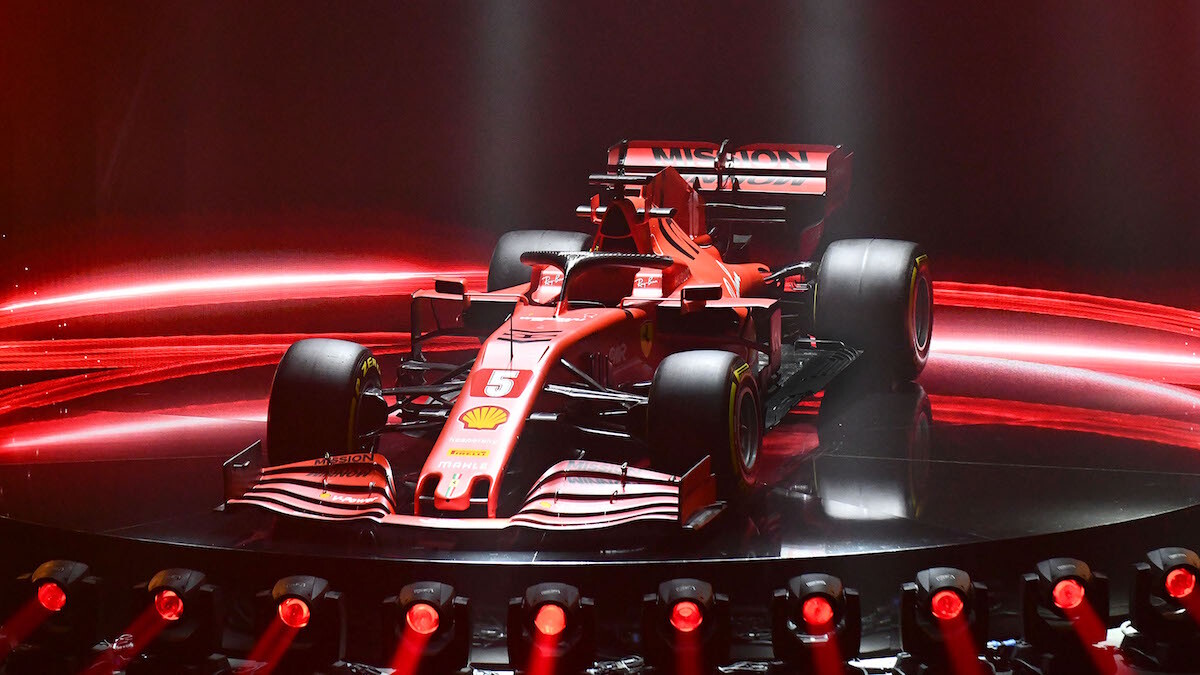If you’ve been following Formula 1 at all, you don’t need me to tell you that Ferrari’s 2019 season was a disaster. The team started the year strong, with a car that was fast in testing but which sacrificed aerodynamic grip for aerodynamic efficiency. On fast tracks, it was very fast. On technical tracks, it simply lacked traction, thanks in no small part to a front wing that prioritized moving air away from the tires rather than using said air to create downforce.
The Scuderia did finish the second half of the year strong, courtesy of a mid-season update that gave the SF90 better front-end grip, allowing it to beat the otherwise dominant Mercedes team on twistier tracks. But with the squabbling between teammates Charles Leclerc and Sebastian Vettel, plus the metronomic consistency of Mercedes driver Lewis Hamilton, there was no chance for Ferrari to catch up. Team principal Mattia Binotto conceded, however, that the SF90’s inherent flaws put them on the back foot against Mercedes from the very start of the season, and vowed that this year’s car would be much better.
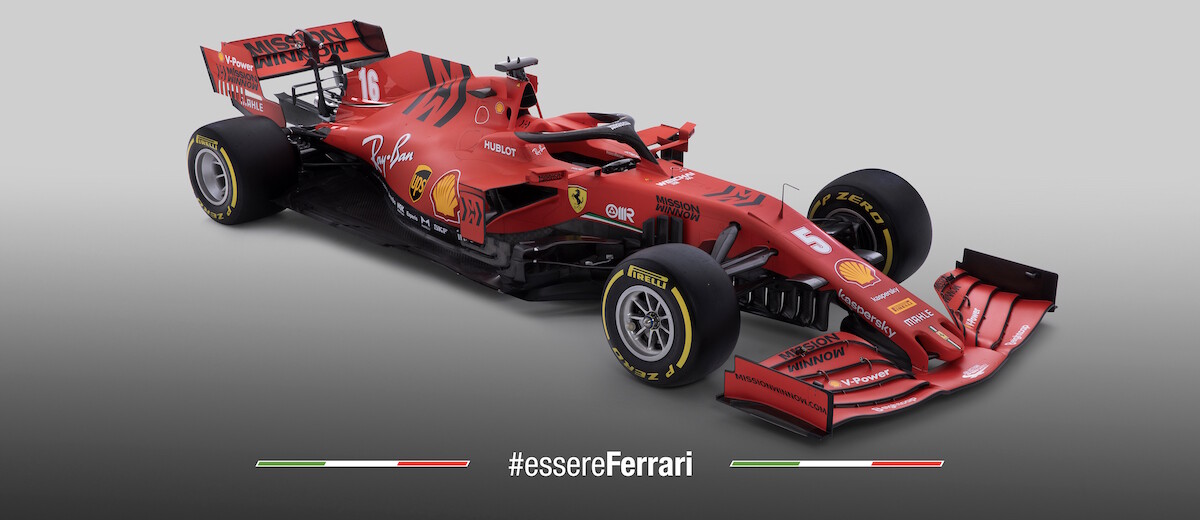
And here it is—the SF1000. Which looks exactly the same as the SF90. Well, almost.
Launched to much fanfare—certainly more than most F1 car launches get nowadays—the SF1000 continues the low front wing and high rake design of the SF90 with very minor differences to the wing elements, but that’s not a big deal, as it also retains the under-nose cape that was introduced in the second half of 2019, which countered the wing’s lack of downforce. Also carried over are the small turning vanes on the endplates that help shape and smooth the airflow around the edges of the front tires.
There’s not much difference visible at the rear wing, either, though there’s a noticeable notch between the top of the roll-hoop and the shark’s fin leading to said wing. Aside from that notch, you’d be forgiven for thinking that the SF1000 is basically an SF90 with new paint. But you’d be wrong.
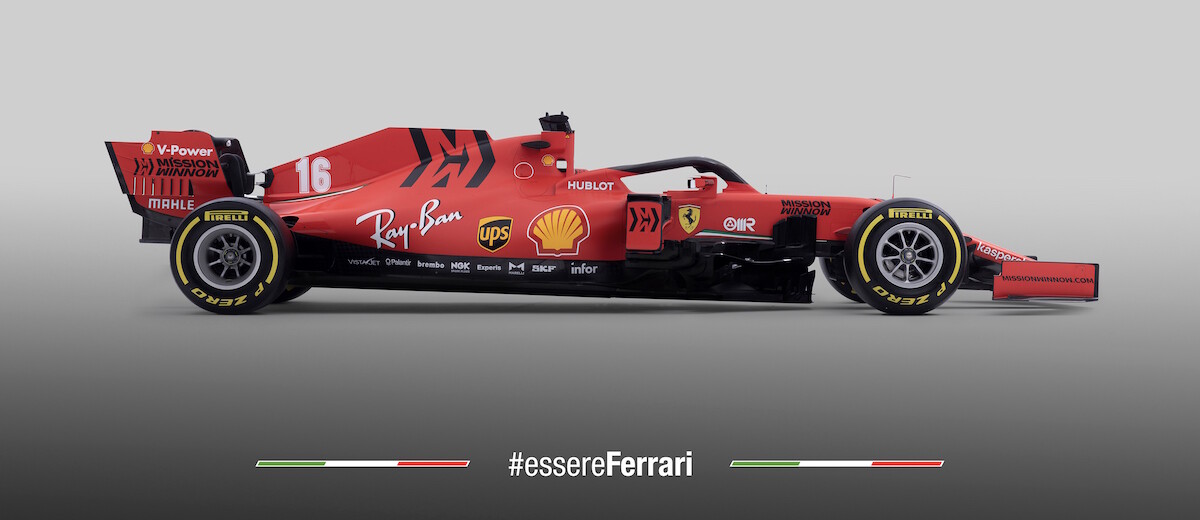
Binotto claims that Ferrari has done a lot of work in repackaging the mechanical elements under the skin, slimming the car down. The first clue to this are turning vanes behind the front wheels that are higher and more prominent than before. Thanks to some major radiator repackaging, sidepod air inlets are lower and smaller than before, and the sidepods themselves narrow and slope downwards much sooner after the air intakes than before. Whether this will hurt engine cooling is unknown at this point, but considering that the Ferraris ran cooler than the Mercs at hotter tracks all year last year, they probably have some leeway there. The gearbox is also more compact, slimming the rear down even further, though it’s hard to see the difference here from the pictures.
All this slimming and reshaping guarantees more airflow over the floor, which, thanks to regulations limiting the size of the rear wing, produces the lion’s share of rear downforce on today’s F1 cars.
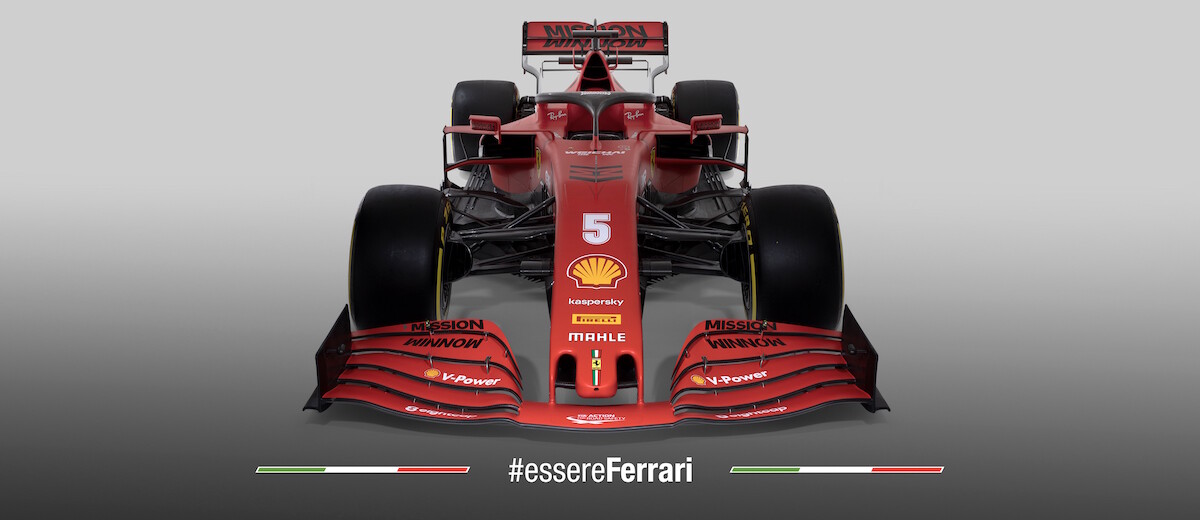
What does this mean? It means that Ferrari may finally be in it to win it, this year. In 2019, it had what was unquestionably the most powerful power package, the slipperiest chassis, and a cooling system vastly superior to that of Mercedes. This year, it seems to be giving up a small bit of that cooling and aerodynamic advantage to catch Mercedes in the corners. Unless Mercedes has solved the powertrain performance and reliability issues it was having all through last year, Hamilton’s seventh world title might not be a sure thing. Not just yet.
But whether we’ll see Vettel or Leclerc taking the lead for the Scuderia when the lights go out at the Australian GP next month is anybody’s guess.
